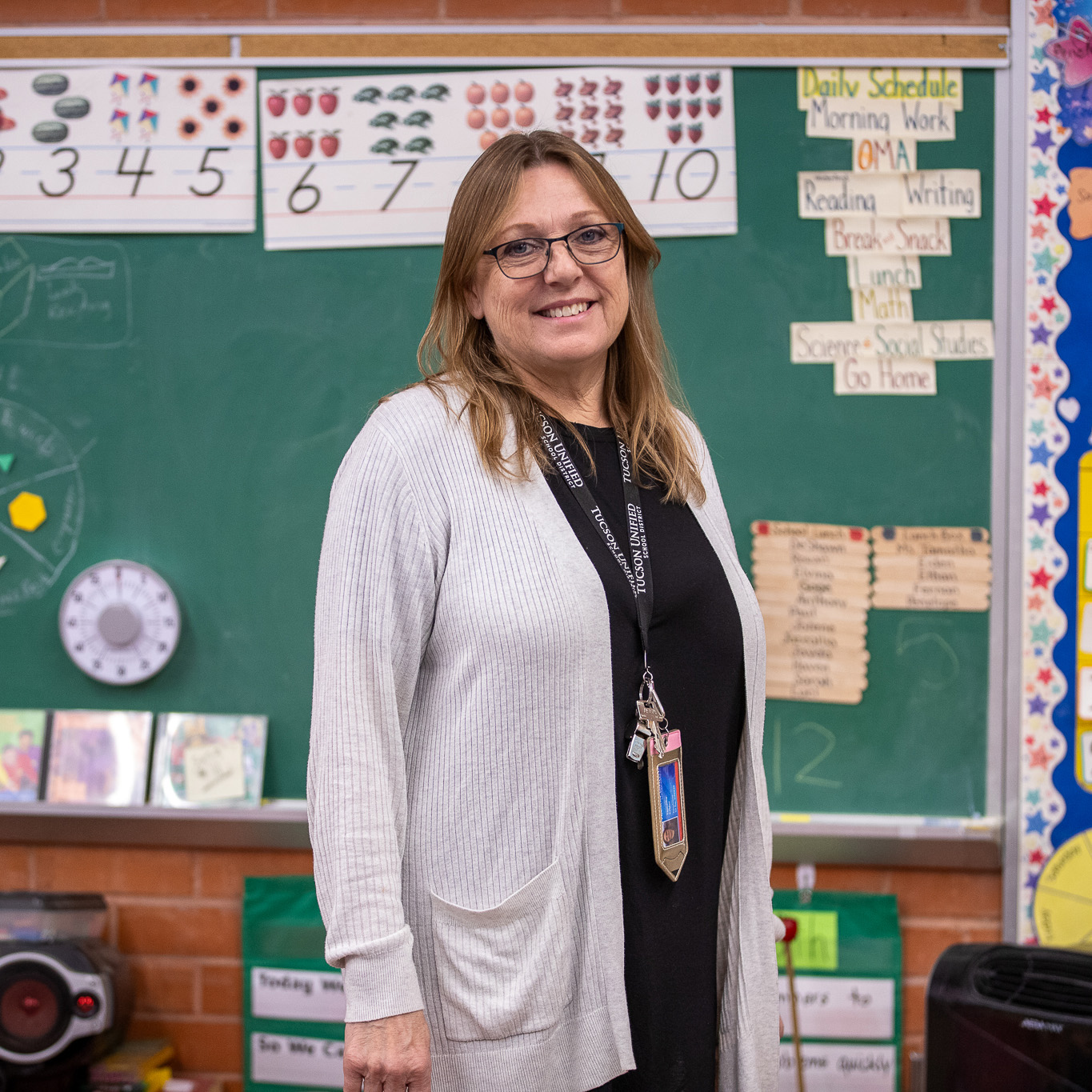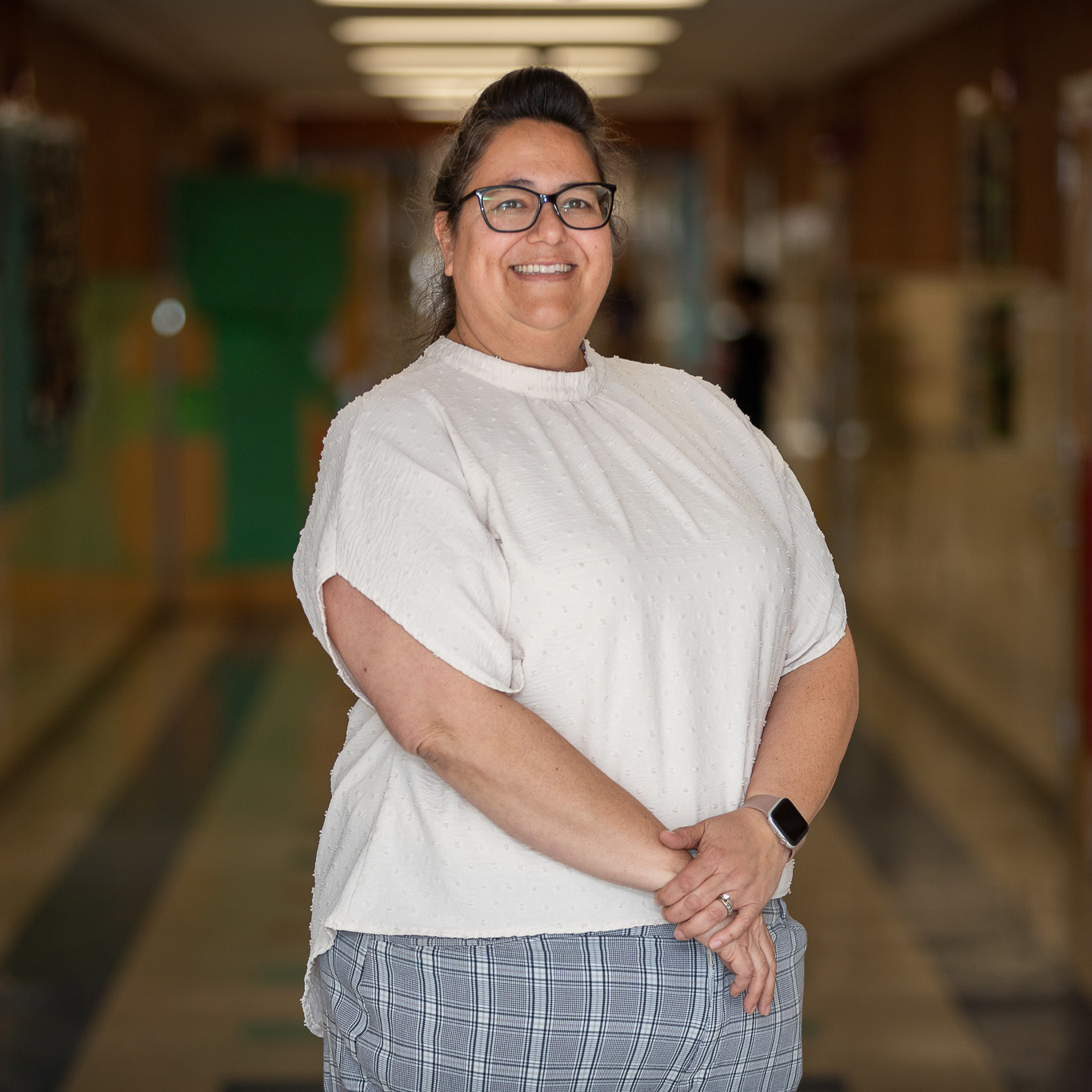Marshall Elementary School
[Loading Announcements]
[Loading What We Offer details...]
[Loading Service Details...]
Our Calendar & District Calendars
All schools and District offices are closed.
All schools and District offices are closed.
The best spellers in TUSD will compete at Howenstine Professional Learning Center.
 Tamatha Crider
Tamatha CriderKindergarten Teacher
When Tamatha’s children were in school, she found herself volunteering endless hours at their school. So, she decided to get paid for those hours instead and became a teacher.
Now, Tamatha has been with Tucson Unified for 22 years – 17 of which has been at Marshall Elementary. And she’s worked in kinder for an overwhelming part of her career.
“I love watching the growth that happens in this year, and I like helping them set the stage for the years to come,” Tamatha said.
During her off time, the mother of seven loves having board game nights with her children, all of whom are adults now.
 Courtney Williams
Courtney Williams3rd Grade Teacher
When Courtney was a young girl, she would leave school, get home, and immediately start school again, albeit the play version. She would pull in her grandmother and sister to play school with her, even going as far into making her own worksheets and other items to make pretend school feel more real.
It’s safe to say, Courtney always saw herself becoming an educator. And as of three years ago, she completed that goal. After starting off as an Exceptional Education teacher at a different site, Courtney has now moved on to teaching third grade at Marshall Elementary. Courtney came across Marshall’s Facebook page and, after eventually also looking at the school’s website, loved how strong the relationship is between the staff and parents.
“I absolutely love teaching,” Courtney said.
 Regena Laux
Regena Laux5th Grade Teacher
Regena is in her first year as a 5th grade teacher at Marshall Elementary but has been with Tucson Unified for eight years. As far as why she chose Marshall, it was really simple – she loves fifth grade students, and they just so happened to have a 5th grade position open.
“That’s when they have that attitude,” Regena said. “It’s just a lot more fun to be able to actually talk to them. Plus, I prepare them for middle school."
The position was actually suggested to Regena by her principal at Henry Elementary, where she was working at the time. Regena’s former principal vouched for the school and principal at Marshall, encouraging his teacher to apply for the open spot.
After initially coming to Marshall as a substitute, Regena was able to move over to teach 5th grade on a more permanent basis.


